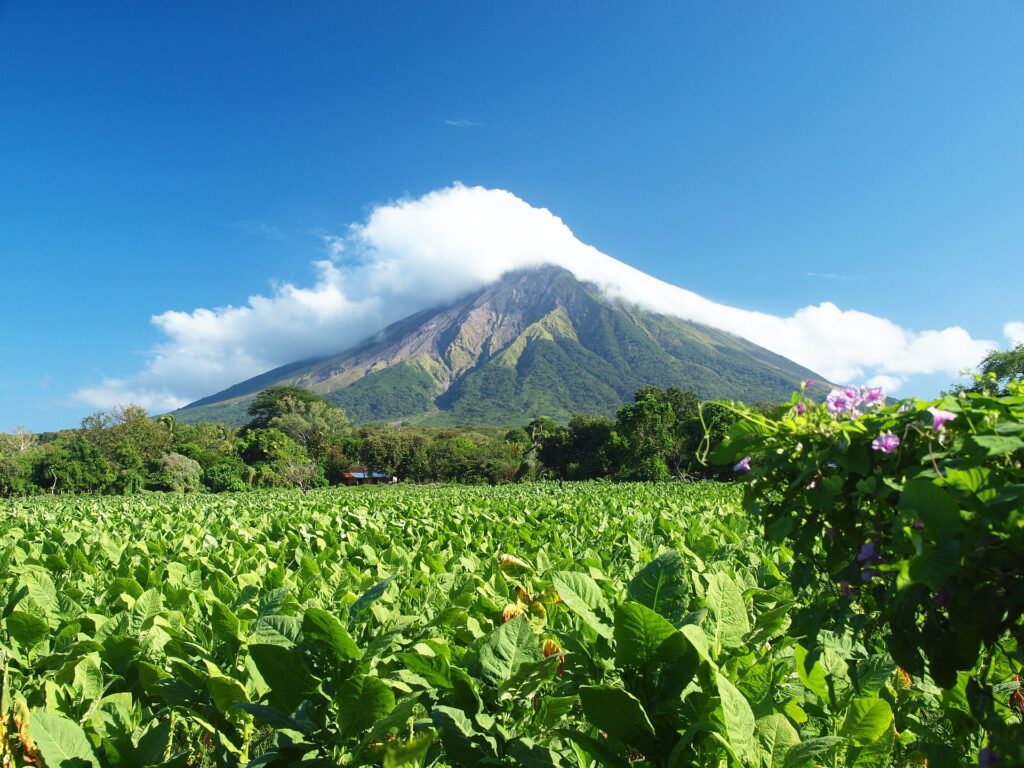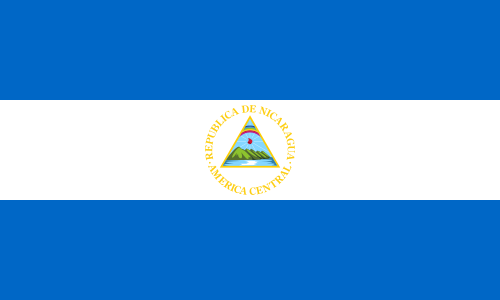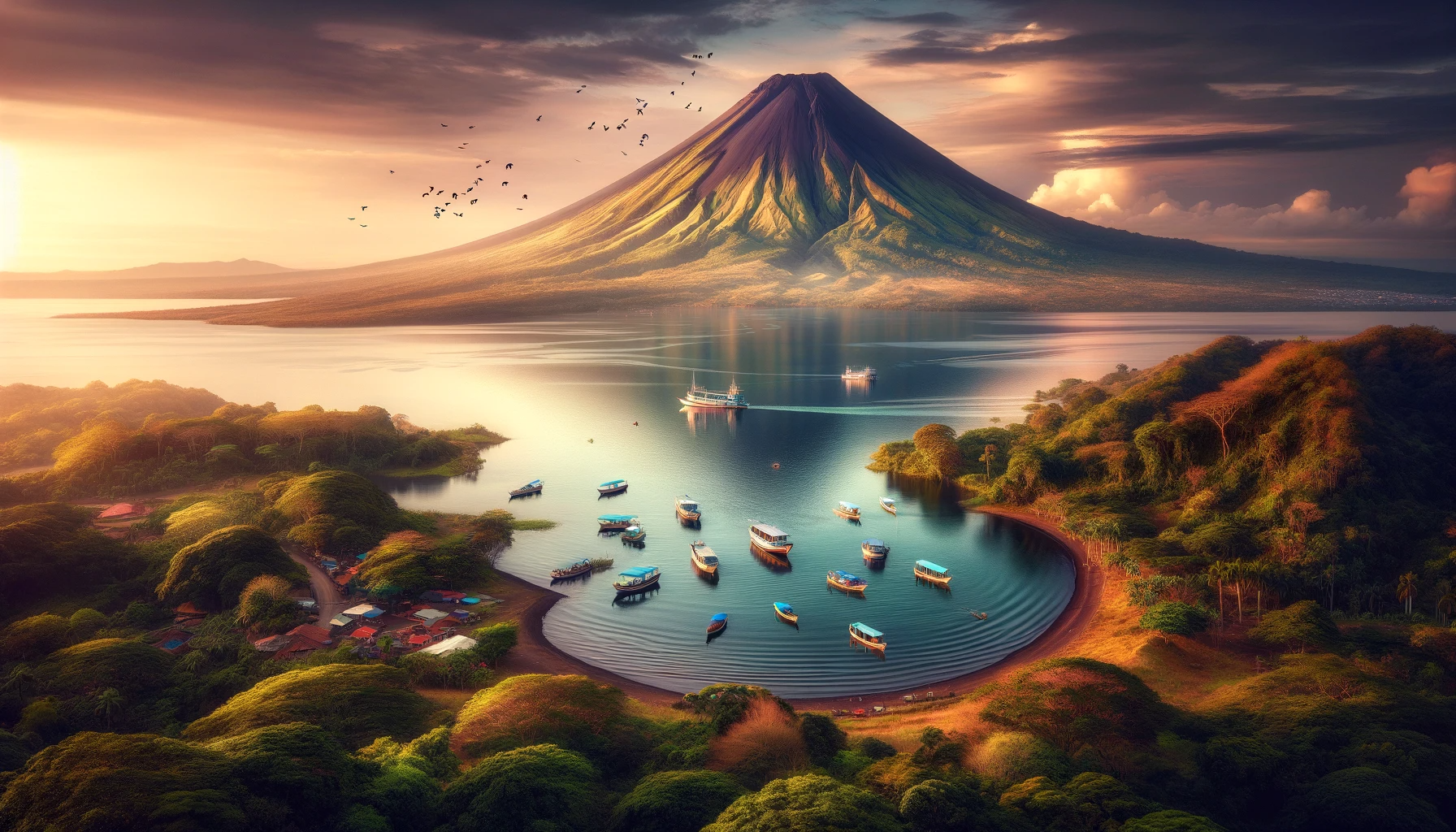Nicaragua, officially known as the Republic of Nicaragua, is a country in Central America, bordered by Honduras to the north, the Caribbean to the east, Costa Rica to the south, and the Pacific Ocean to the west. It’s the largest country in the Central American isthmus and is known for its dramatic terrain of lakes, volcanoes, and beaches. The country’s rich history, culture and natural beauty make it a fascinating destination, despite its political and social challenges.
List of Public Holidays in Nicaragua for the year 2025
Here’s the list of holidays in the specified format:
- New Year’s Day is on 1st January, Wednesday.
- Maundy Thursday is on 17th April, Thursday.
- Good Friday is on 18th April, Friday.
- Labour Day is on 1st May, Thursday.
- Liberation Day is on 19th July, Saturday.
- Battle of San Jacinto is on 14th September, Sunday.
- Independence Day is on 15th September, Monday.
- Immaculate Conception is on 8th December, Monday.
- Christmas Day is on 25th December, Thursday.
List of Public Holidays in Nicaragua for the year 2024
- New Year’s Day is on 1. January, Monday
- Maundy Thursday is on 28. March, Thursday
- Good Friday is on 29. March, Friday
- Labour Day is on 1. May Wednesday
- Liberation Day is on 19. July, Friday
- Battle of San Jacinto is on 14. September, Saturday
- Independence Day Nicaragua is on15. September, Sunday
- Immaculate Conception is on 8. December, Sunday
- Christmas Day is on 25. December, Wednesday
Country Profile on Nicaragua

Important Facts about Nicaragua
This summary highlights the key aspects of Nicaragua, from its geography and history to its economy and culture.
Geography and Climate:
Nicaragua covers an area of around 130,373 square kilometers and is known for its unique physical geography. The country has three distinct geographical regions: the Pacific lowlands, the North-Central highlands, and the Mosquito Coast. The Pacific lowlands are characterized by fertile valleys and are where most of the population resides. The North-Central highlands are a cooler, mountainous area with coffee plantations and forests. The Mosquito Coast, also known as the Atlantic lowlands, is a tropical rainforest region with several rivers running into the Caribbean.
The country is home to Lake Nicaragua, the largest freshwater lake in Central America, and Lake Managua. These lakes are notable for their unique ecosystems, including freshwater sharks in Lake Nicaragua. Nicaragua is also part of the Pacific Ring of Fire and has several active and dormant volcanoes.
Nicaragua’s climate varies from tropical in the lowlands to cooler in the highlands, with a dry season and a rainy season. The country is prone to natural disasters, such as earthquakes, hurricanes, and volcanic eruptions.

History and Politics:
The history of Nicaragua is marked by periods of political unrest, dictatorship, and revolution. Before the Spanish conquest in the 16th century, the area was inhabited by various indigenous peoples. After three centuries of colonial rule, Nicaragua gained independence in 1821. However, the country’s history has been turbulent, with U.S. military interventions in the early 20th century, the long dictatorship of the Somoza family, and the Sandinista Revolution in the 1970s that overthrew the Somoza regime.
The Sandinista National Liberation Front (FSLN) led the country through a period of social reform and conflict, including a civil war and U.S.-funded Contra rebels. The 1990s saw a shift to democratic elections, but the political landscape has remained volatile. Daniel Ortega, a key figure in the Sandinista movement, has been the president since 2007, and his government has been accused of authoritarianism and human rights abuses.
Economy:
Nicaragua’s economy is focused on agriculture, manufacturing, and services, with agriculture being the largest sector. The country produces coffee, beef, shrimp, tobacco, sugar, and peanuts as major exports. However, it is one of the poorest countries in the Americas, with a significant portion of the population living below the poverty line.
In recent years, there has been growth in tourism, which is becoming a more significant part of the economy. Nicaragua’s natural landscapes, colonial architecture, and relatively low cost of living attract visitors from around the world. However, political instability and natural disasters have sometimes hindered economic growth and investment.
Society and Culture:
Nicaragua is known for its vibrant culture, which is a blend of indigenous, Spanish, African, and other influences. Music and dance are integral parts of Nicaraguan culture, with popular forms including marimba, punta, and palo de mayo. The country is also known for its traditional crafts, such as pottery, weaving, and wood carving.
Spanish is the official language, but various indigenous languages are also spoken, particularly on the Caribbean coast. Nicaragua has a rich literary tradition, with the poet Rubén Darío being one of the most famous literary figures from the country.
Environment and Biodiversity:
Nicaragua is rich in biodiversity, with a wide range of ecosystems from tropical rainforests and savannas to wetlands and coral reefs. The country has numerous protected areas, national parks, and nature reserves, such as Bosawás Biosphere Reserve, one of the largest rainforest reserves in Central America.
However, environmental challenges such as deforestation, water pollution, and soil erosion pose threats to Nicaragua’s ecosystems. Conservation efforts are ongoing, but limited resources and governance issues can hinder progress.
Health and Education:
Nicaragua has made significant strides in health and education over the past few decades. Efforts to improve literacy, reduce child mortality, and increase access to healthcare have shown positive results. However, the country still faces challenges with quality of education, access to higher education, and health issues such as dengue fever and Zika virus.
Conclusion:
Nicaragua is a country with a complex history and a rich cultural tapestry. Despite its political and economic challenges, it remains a nation of incredible natural beauty and potential. Understanding Nicaragua’s past and present is crucial for anyone looking to engage with the country, whether as a visitor, investor, or observer. As Nicaragua continues to navigate its path, the resilience and spirit of its people stand as a testament to the nation’s enduring identity and potential.

